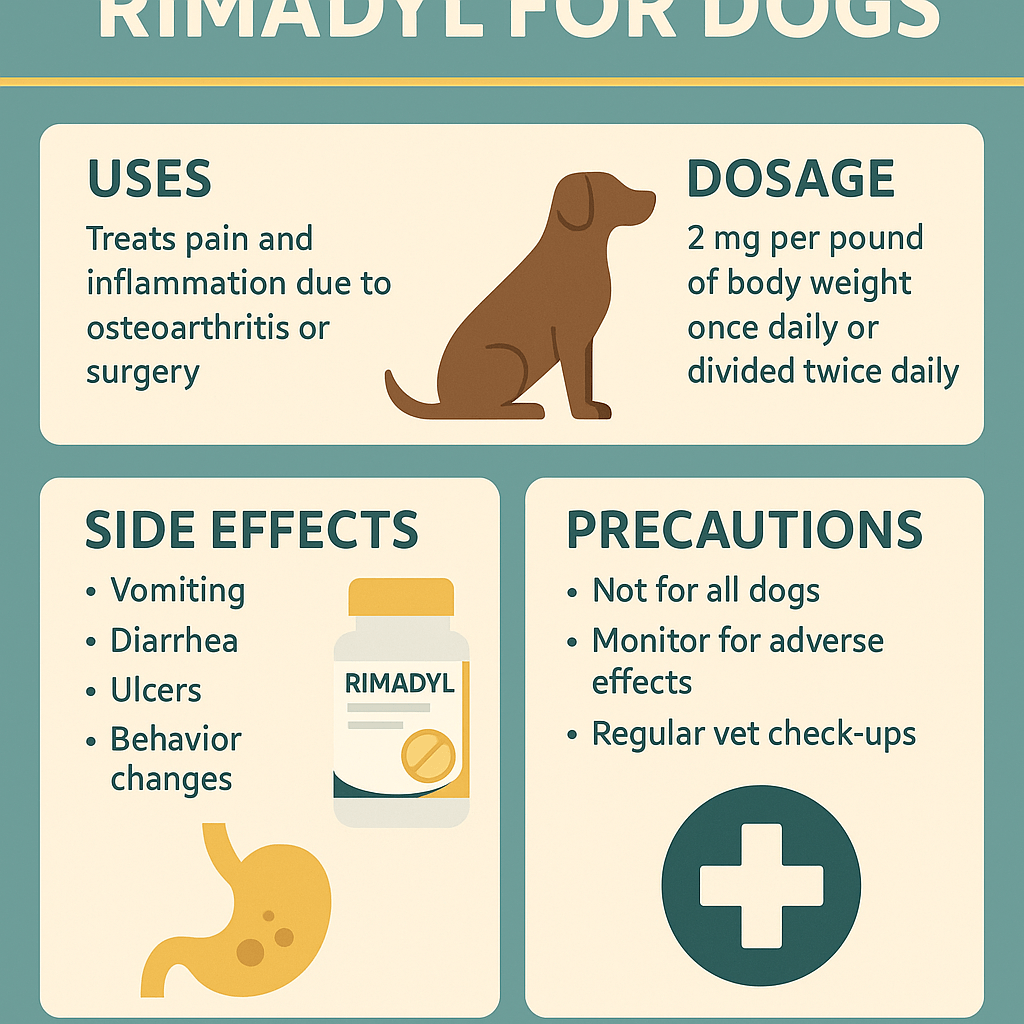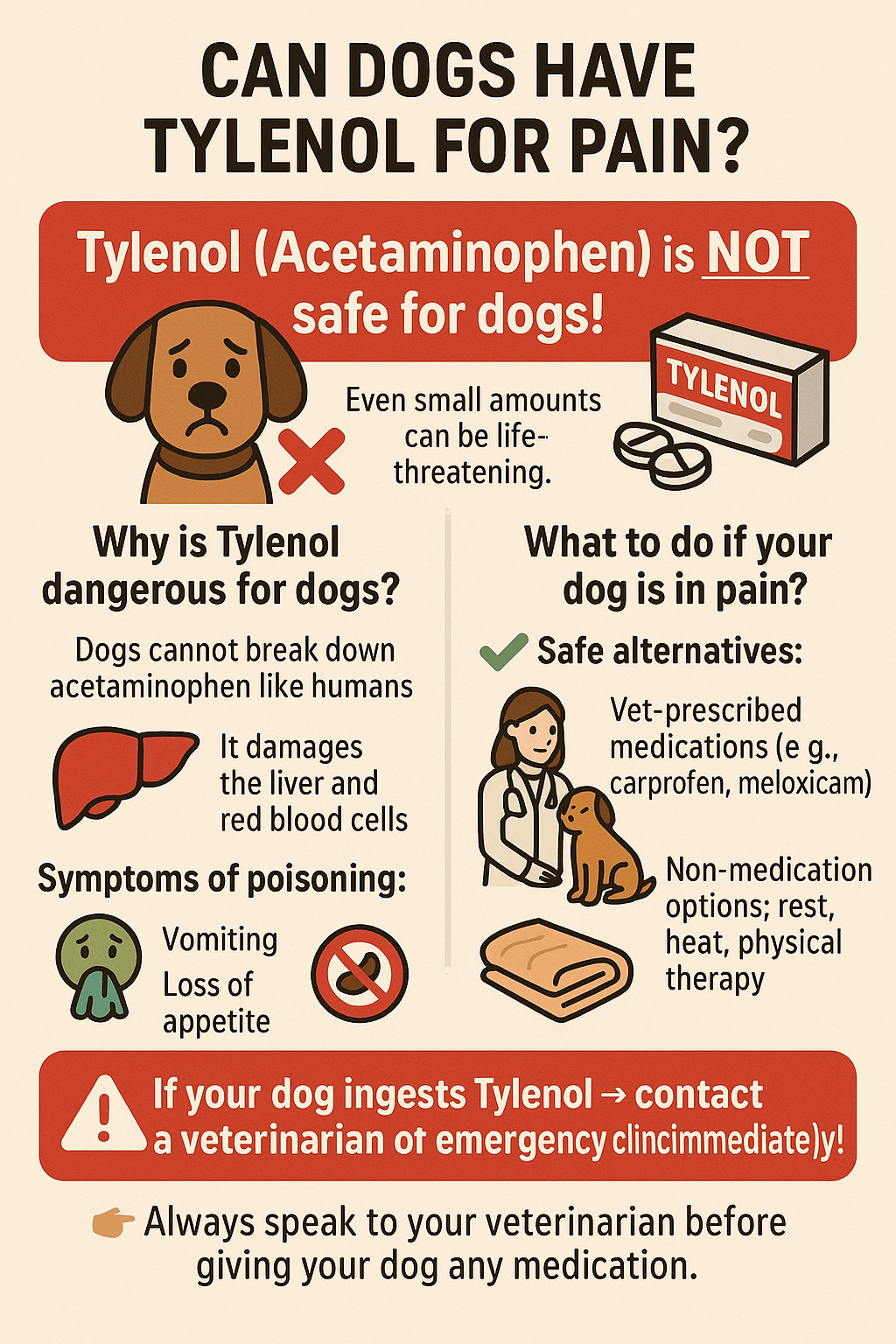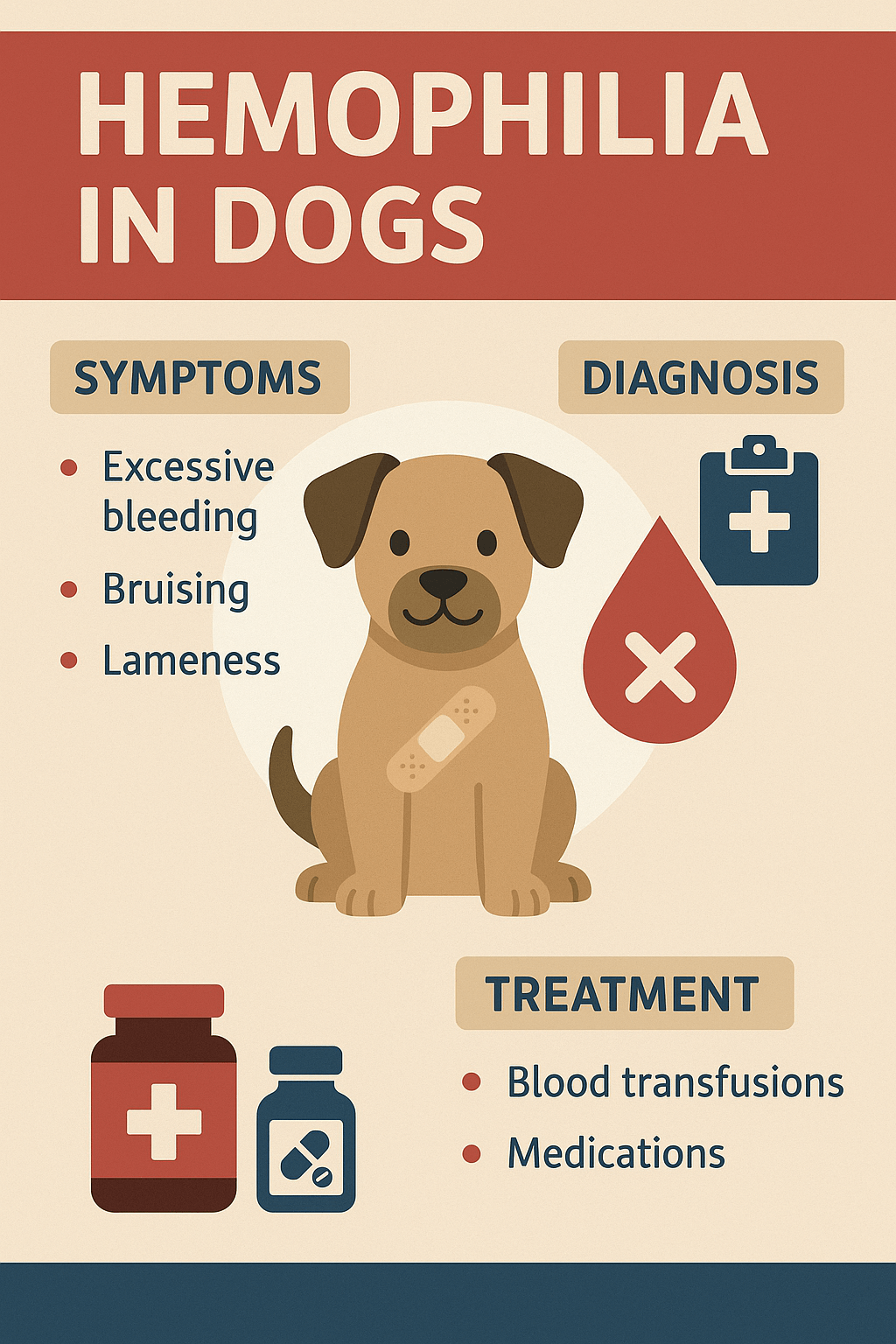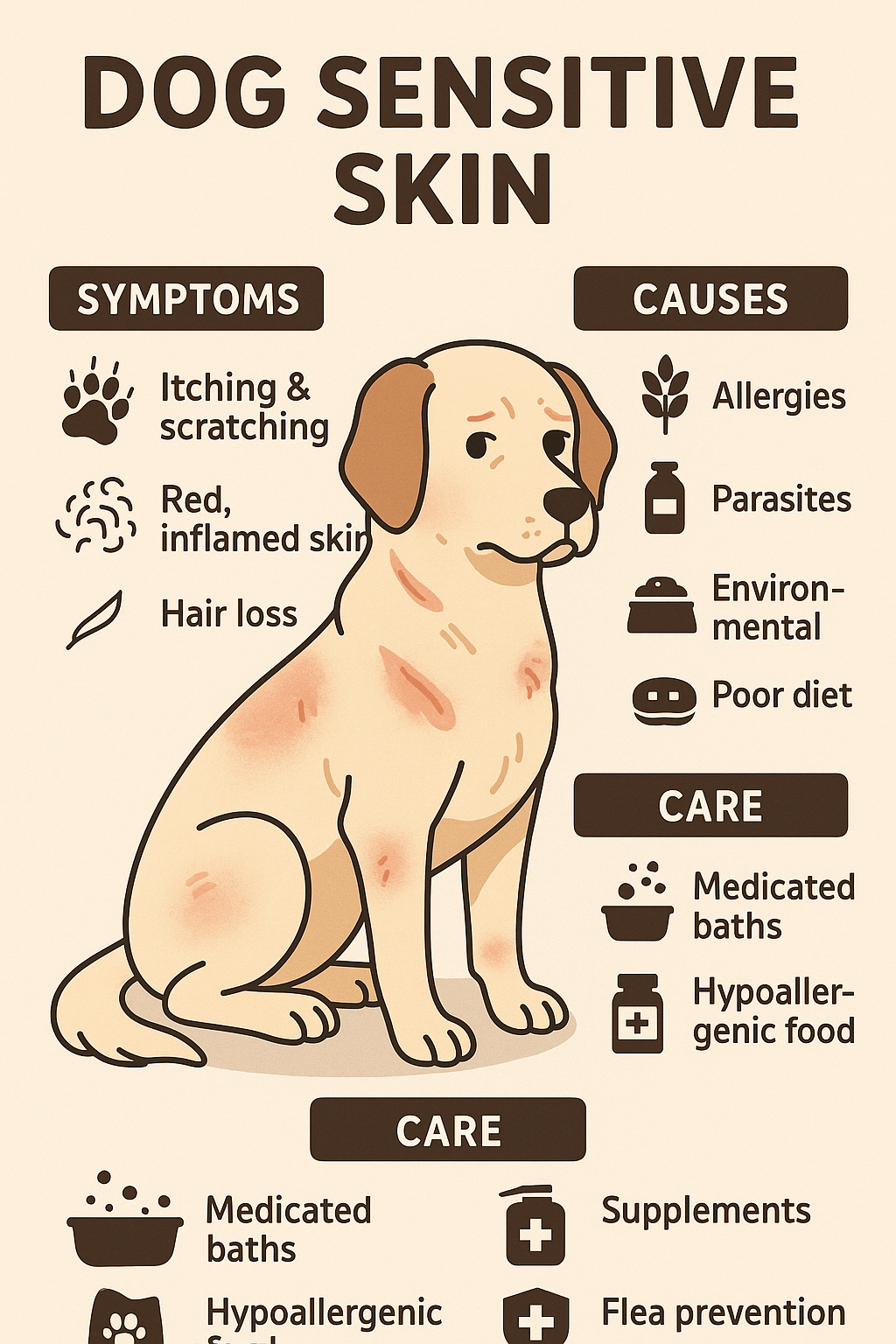Lice Treatment for Dogs: A Comprehensive Guide
Discovering that your beloved dog has lice can be alarming, but it’s important to remember that this condition is treatable and relatively common. Lice infestations in dogs are caused by tiny parasitic insects that feed on their blood or skin debris, leading to discomfort, itching, and irritation.
While lice are highly contagious, they are species-specific, meaning your dog cannot transmit them to humans or other animals outside their species. However, prompt treatment is essential to alleviate your dog’s suffering and prevent the spread of these pests. In this blog post, we’ll explore everything you need to know about lice treatment for dogs, including prevention tips, effective remedies, and how to keep your furry friend comfortable during the process.
Signs Your Dog May Have Lice
Detecting lice early is crucial for effective treatment. Keep an eye out for these common symptoms, which indicate your dog may be dealing with a lice infestation.
Excessive Scratching:
Persistent scratching, especially around the ears, neck, and tail, is one of the most obvious signs of lice.Hair Loss or Thinning Coat:
Constant irritation from lice bites can lead to patchy fur or bald spots on your dog’s body.Red, Irritated Skin:
Lice cause inflammation and redness, making your dog’s skin appear irritated or inflamed.Visible Lice or Eggs (Nits):
Check your dog’s fur for small, pale insects or tiny white specks (nits) attached to the hair shafts.Restlessness and Behavioral Changes:
Dogs with lice often seem restless or agitated due to the discomfort caused by the parasites.
If you notice any of these signs, it’s time to take action to address the infestation and restore your dog’s comfort.
Effective Lice Treatment Options for Dogs
Treating lice in dogs requires a combination of products and practices to eliminate the parasites and prevent reinfestation. Here are some proven methods to consider.
Medicated Shampoos:
Specialized shampoos containing insecticides like pyrethrin can kill lice on contact while soothing irritated skin.Topical Treatments:
Spot-on treatments applied to the back of your dog’s neck deliver fast-acting results against lice and other parasites.Oral Medications:
Prescription oral medications target lice internally, providing systemic relief without the need for topical applications.Flea Combs:
Fine-toothed flea combs help remove adult lice and nits from your dog’s fur, reducing the overall population.Environmental Cleaning:
Wash your dog’s bedding, toys, and grooming tools in hot water to eliminate any lingering lice or eggs.
By using these treatment options together, you can effectively eradicate lice and ensure your dog remains pest-free.
Check this guide 👉Dog Lice vs Fleas: Best 7 Expert Tips!
Check this guide 👉Can Cats Get Dog Lice? Best 7 Expert Tips!
Check this guide 👉Grass Fleas vs Dog Fleas: Best 7 Expert Tips!
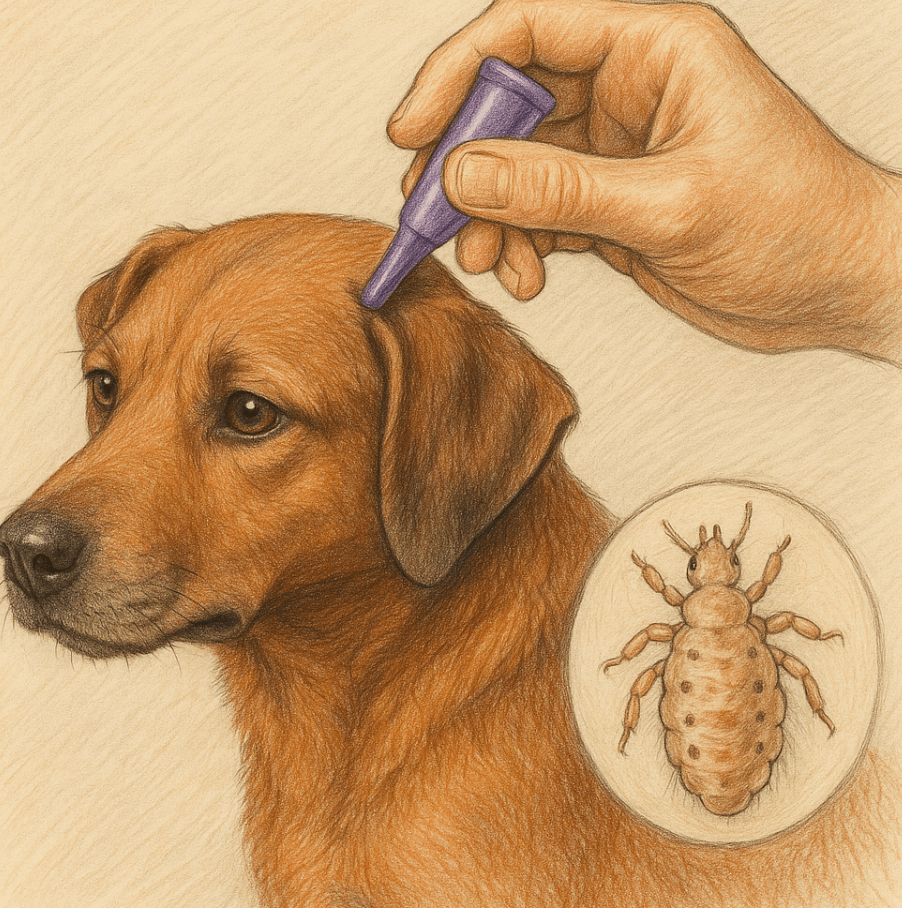
Prevention Tips for Lice Infestations | Common Mistakes to Avoid |
|---|---|
Regular grooming and coat inspections | Neglecting to clean your dog’s bedding |
Using preventive flea and tick treatments | Assuming lice will go away on their own |
Keeping your dog away from infested areas | Skipping environmental cleaning |
Washing shared items like collars and toys | Overlooking secondary skin infections |
Scheduling routine vet check-ups | Using human lice treatments on dogs |
How to Prevent Lice Infestations in Dogs
Prevention is always better than cure when it comes to lice. Follow these tips to minimize the risk of your dog contracting these pesky parasites.
Regular Grooming Sessions:
Frequent brushing and bathing help you spot potential issues early and keep your dog’s coat healthy.Avoid Contact with Infested Animals:
Keep your dog away from unfamiliar animals that may carry lice, especially in communal spaces like parks or kennels.Use Preventive Parasite Treatments:
Monthly flea and tick preventives often protect against lice as well, providing an added layer of defense.Maintain a Clean Environment:
Vacuum your home regularly and wash your dog’s belongings to eliminate any stray lice or eggs.Monitor Shared Spaces:
If your dog interacts with other pets, ensure those environments are clean and free of parasites.
Taking these preventive measures significantly reduces the likelihood of a lice infestation.
Natural Remedies for Lice Treatment in Dogs
If you prefer a more natural approach to treating lice, there are several safe and effective remedies you can try.
Diatomaceous Earth:
Food-grade diatomaceous earth sprinkled on your dog’s coat helps dehydrate and kill lice naturally.Apple Cider Vinegar Rinse:
A diluted apple cider vinegar solution can repel lice and soothe irritated skin when used as a rinse.Essential Oils (Diluted):
Oils like lavender or tea tree oil, when properly diluted, act as natural repellents against lice.Herbal Shampoos:
Shampoos made with neem or rosemary oil provide gentle yet effective lice treatment without harsh chemicals.Homemade Garlic Spray:
A spray made from garlic-infused water can deter lice due to its strong odor, which parasites dislike.
While natural remedies can be helpful, always consult your vet before using them to ensure they’re safe for your dog.
Understanding the Lifecycle of Dog Lice
To effectively treat lice, it’s important to understand their lifecycle, which includes three stages: egg, nymph, and adult.
Eggs (Nits):
Lice lay eggs that attach firmly to the hair shaft and hatch within 1-2 weeks.Nymph Stage:
Newly hatched nymphs resemble smaller versions of adults and mature within 1-2 weeks.Adult Lice:
Adult lice live for about 3-4 weeks, continuously laying eggs and perpetuating the cycle.Feeding Habits:**
Lice feed on your dog’s blood or skin debris, causing irritation and discomfort.Reproductive Rate:
A single female louse can lay up to 10 eggs per day, making swift treatment crucial.
Breaking the lifecycle is essential to fully eradicate lice from your dog’s environment.
When to Consult a Veterinarian
While mild lice infestations can often be treated at home, certain situations warrant professional veterinary advice.
Severe Infestations:
If your dog has a heavy lice burden or shows signs of anemia, seek immediate veterinary care.Secondary Infections:
Persistent scratching can lead to open wounds or bacterial infections requiring antibiotics.Puppies or Senior Dogs:
Young or elderly dogs may need specialized treatment due to their weaker immune systems.Allergic Reactions:
Some dogs may react adversely to certain treatments, necessitating alternative solutions.Uncertainty About Diagnosis:
If you’re unsure whether your dog has lice or another parasite, a vet can confirm the diagnosis.
Professional guidance ensures safe and effective treatment tailored to your dog’s needs.
Tips for Dealing with Lice in Multi-Pet Households
If you have multiple pets, addressing a lice infestation requires extra care to prevent spreading the parasites.
Isolate the Infested Pet:
Keep the affected dog separate from other pets until treatment is complete to avoid transmission.Treat All Pets Simultaneously:
Even if other pets show no symptoms, treat them all to eliminate any undetected lice.Disinfect Shared Items:
Wash all shared bedding, toys, and grooming tools in hot water to kill lingering lice or eggs.Vacuum Frequently:
Regularly vacuum carpets, furniture, and car interiors to remove stray lice or nits from your home.Monitor for Recurrence:
Keep an eye on all pets for signs of reinfestation, as lice can quickly return if not eradicated completely.
By taking these precautions, you can protect all your pets and maintain a harmonious household.
Frequently Asked Questions About Lice Treatment for Dogs
Can lice spread from dogs to humans?
No, dog lice are species-specific and cannot infest humans or other animals outside their species.
How long does it take to get rid of lice?
With proper treatment, lice infestations typically resolve within 2-4 weeks.
Are over-the-counter treatments effective?
Yes, many over-the-counter shampoos and sprays work well, but severe cases may require prescription medication.
Can puppies be treated for lice?
Yes, but only use treatments specifically formulated for young dogs to avoid harming their sensitive systems.
How can I prevent reinfestation?
Clean your dog’s environment thoroughly, avoid contact with infested animals, and maintain regular grooming habits.
Restoring Comfort and Health for Your Dog
Dealing with lice can be stressful for both you and your furry companion, but with the right knowledge and tools, you can overcome this challenge effectively. From identifying symptoms to implementing treatment and prevention strategies, every step you take brings your dog closer to being happy, healthy, and pest-free. Remember, consistency is key—regular grooming, environmental cleaning, and preventive care go a long way in protecting your pet from future infestations. By staying vigilant and informed, you can ensure your dog enjoys a lice-free life full of tail wags and cuddles.
Rimadyl for Dogs: Best 7 Expert Tips! Discover expert advice on using Rimadyl safely, managing pain, and improving your dog’s mobility with trusted veterinary insights.
Can Dogs Have Tylenol for Pain? Best 7 Expert Tips! Discover the risks, safe alternatives, and expert advice on managing your dog’s pain effectively while avoiding harmful medications.
Understanding Hemophilia in Dogs: Best 7 Expert Tips! Discover expert advice on managing hemophilia, recognizing symptoms, and ensuring your dog’s well-being with practical care strategies.
Understanding Dog Sensitive Skin: Best 7 Expert Tips! Discover expert advice on managing dog sensitive skin, relieving irritation, and improving your pup’s comfort with practical solutions.

